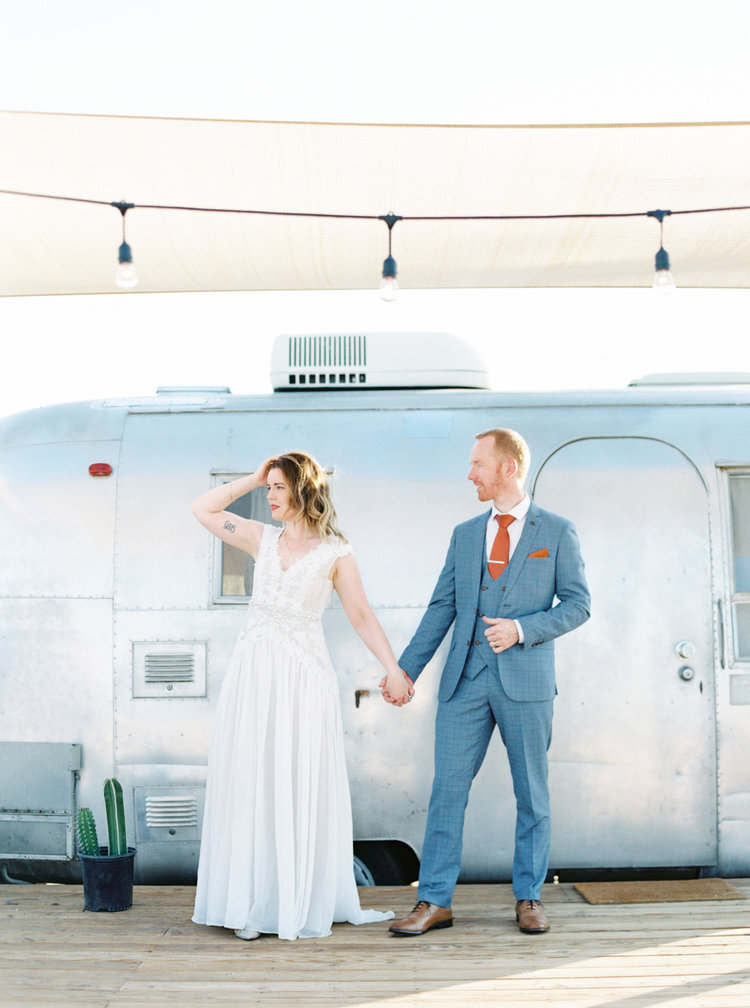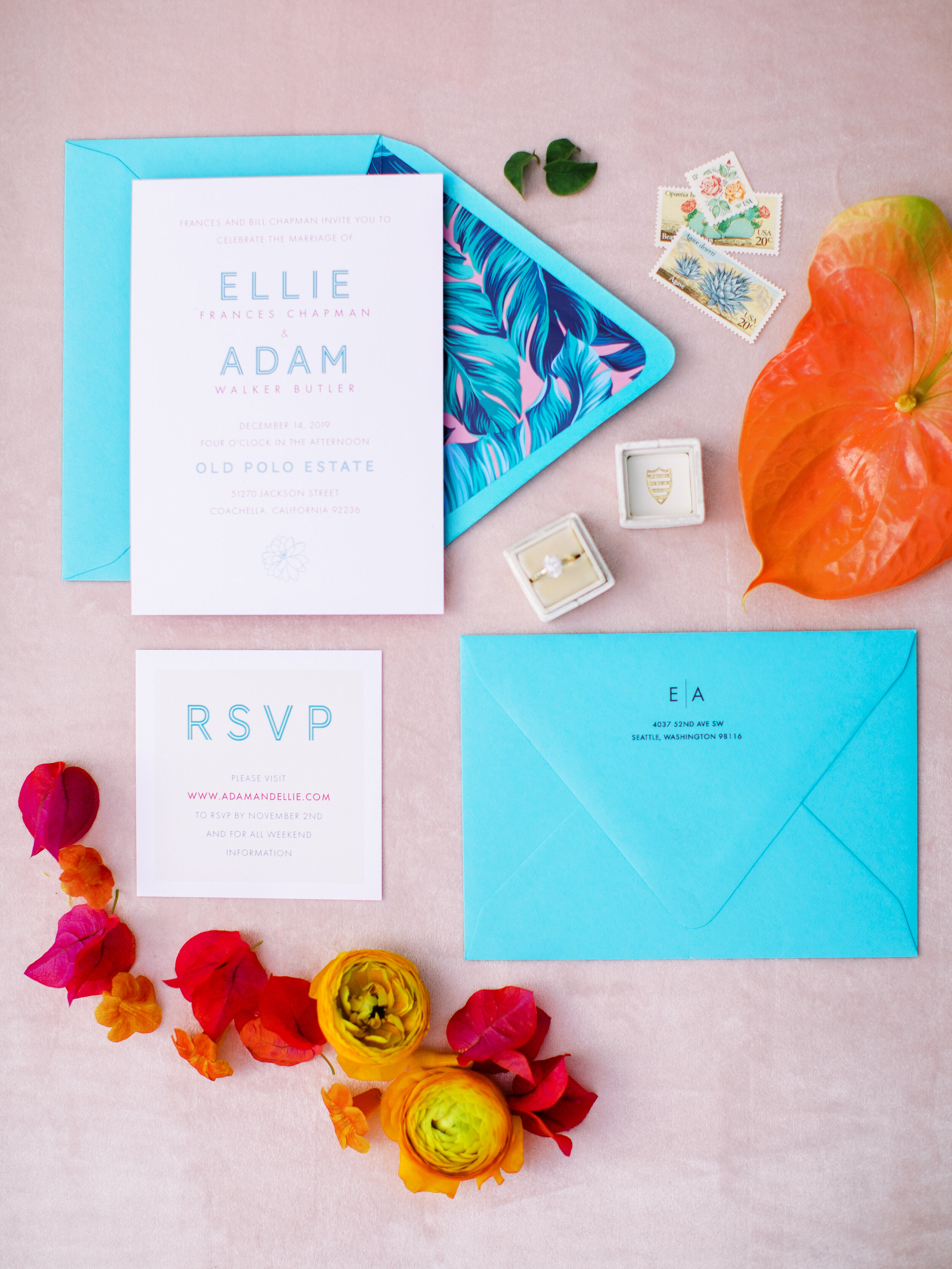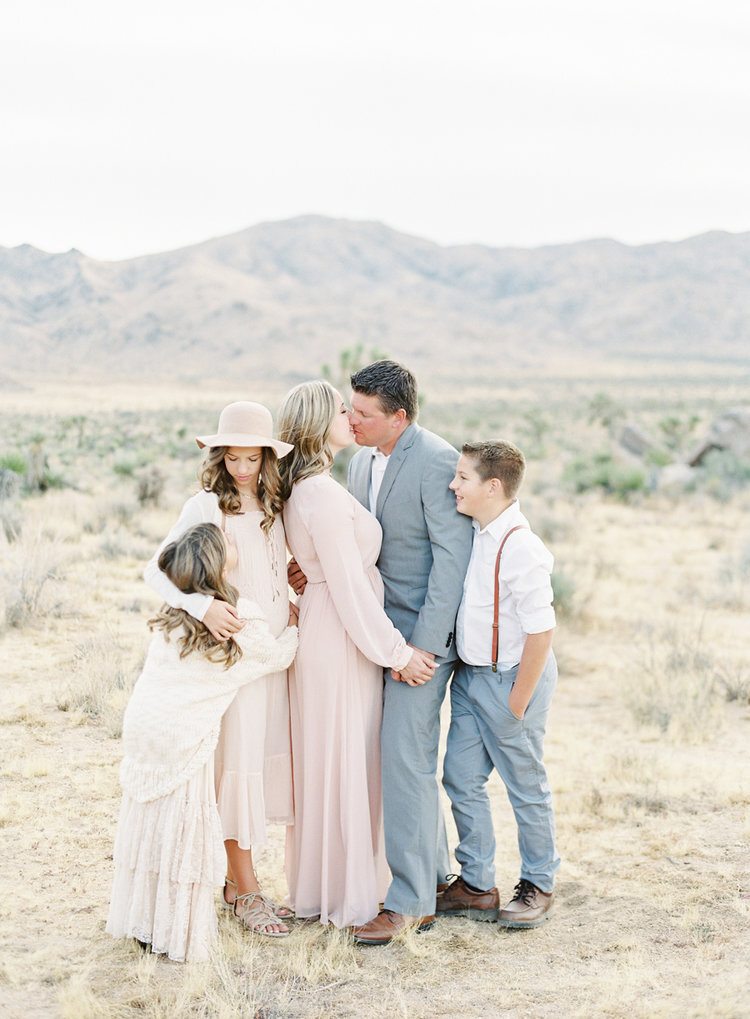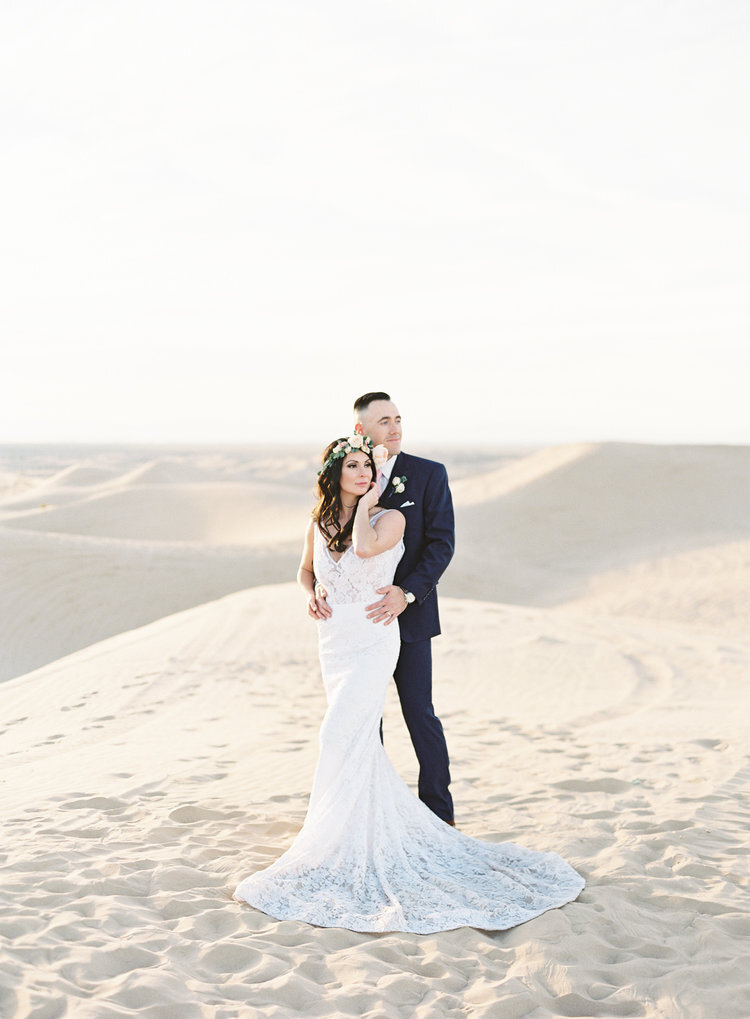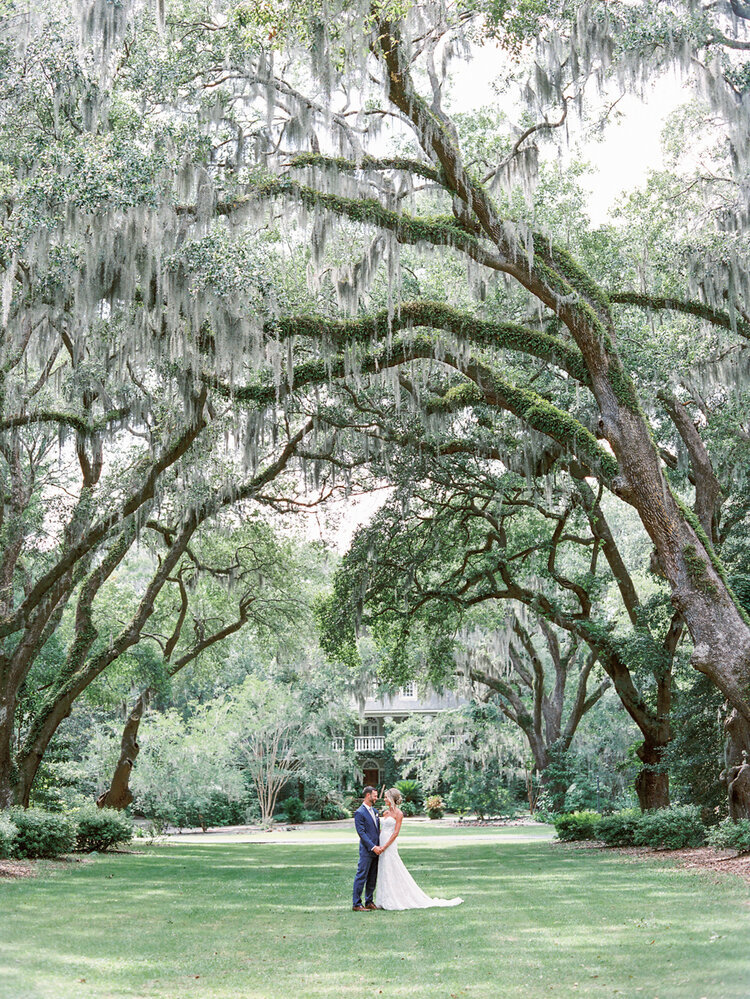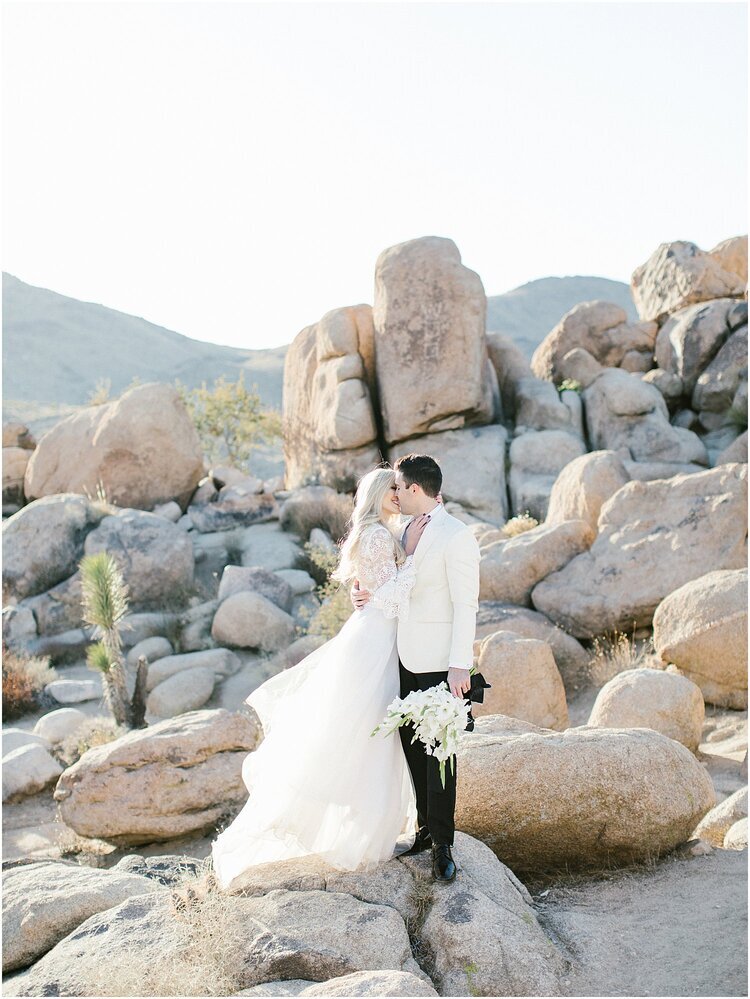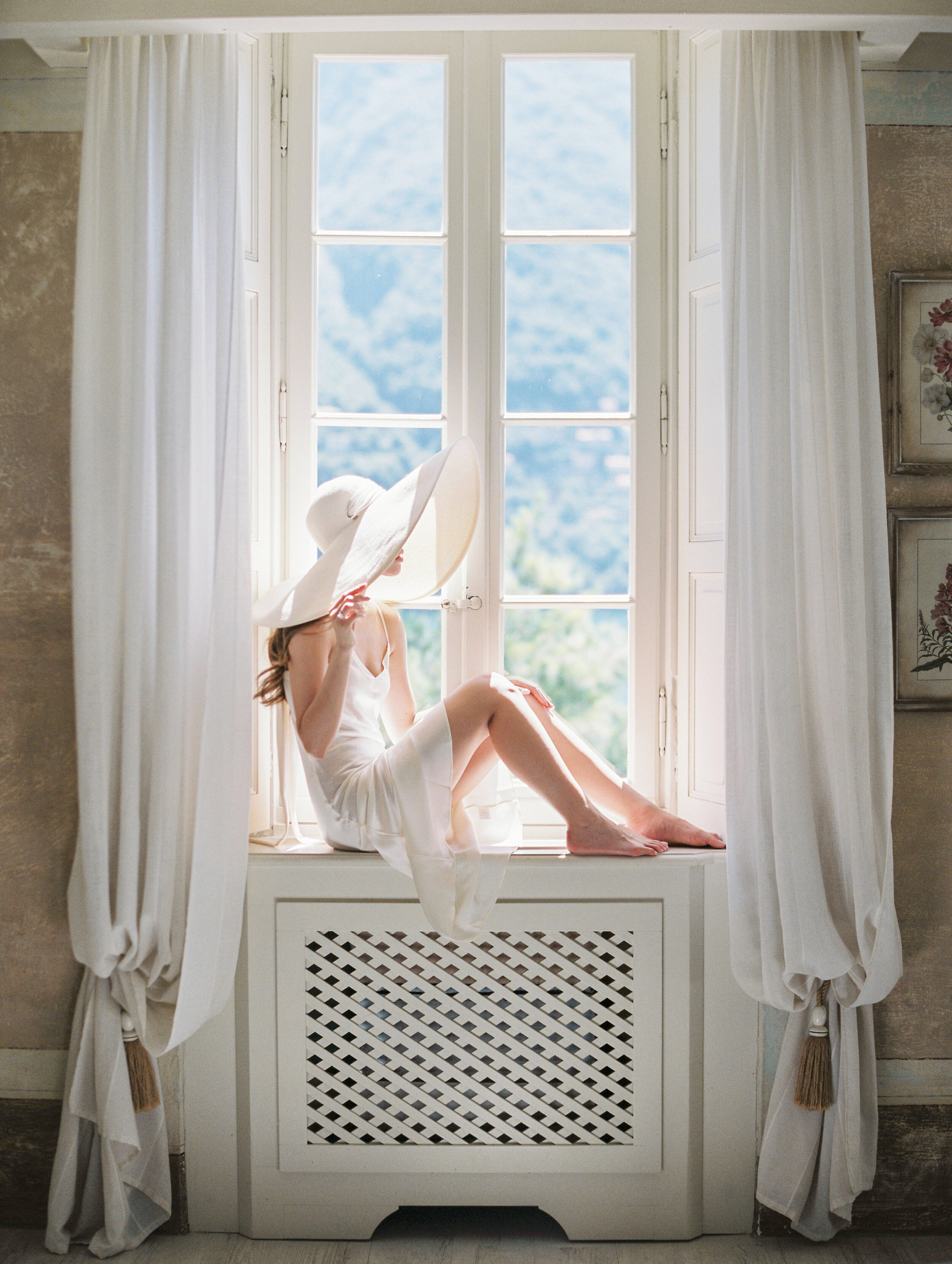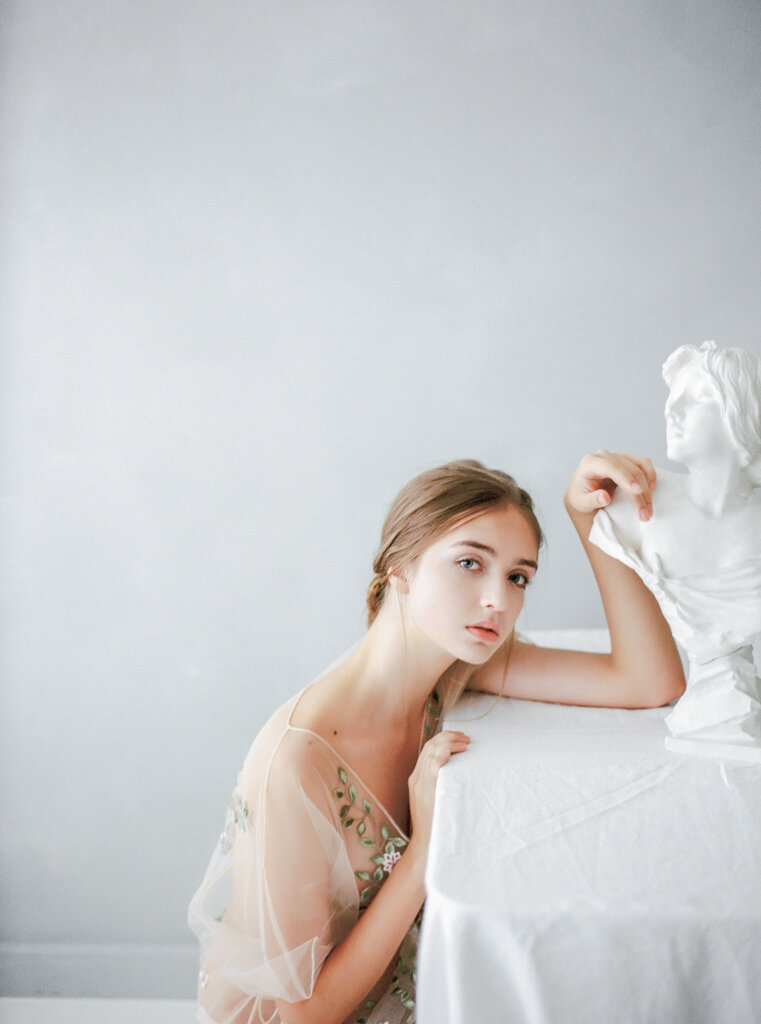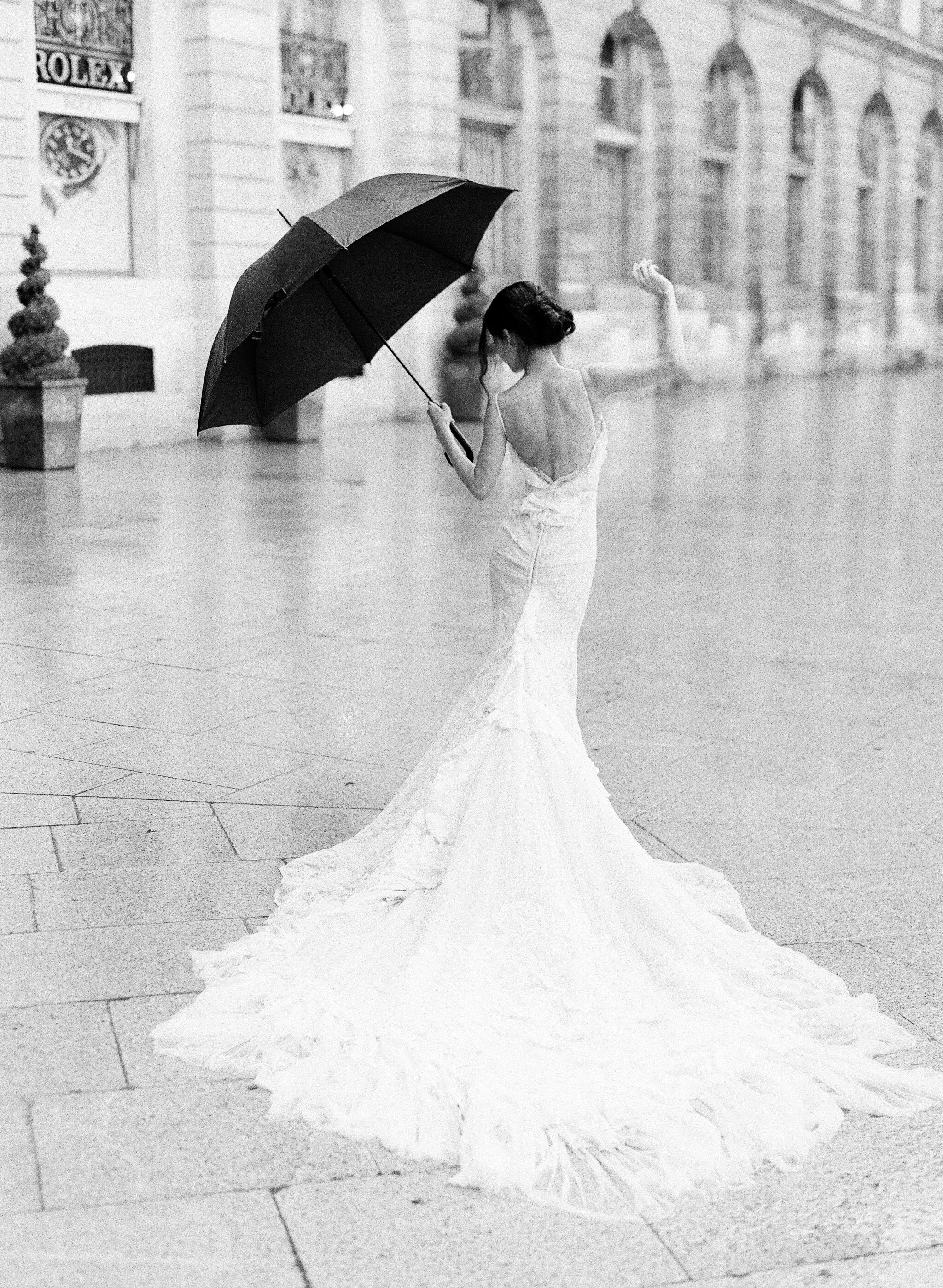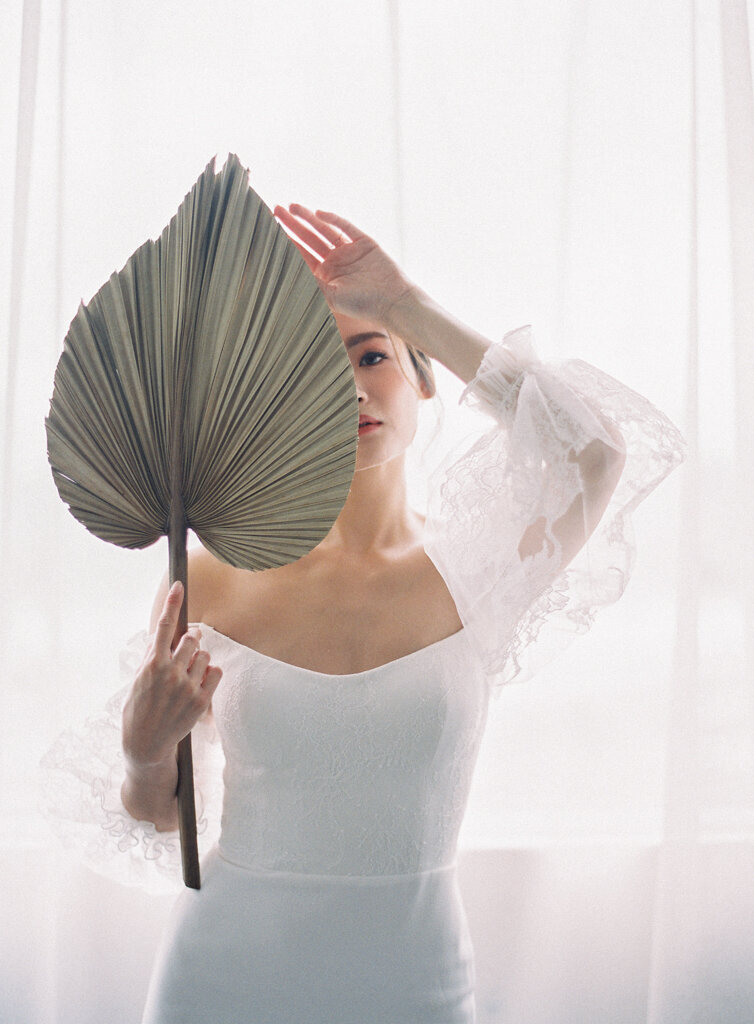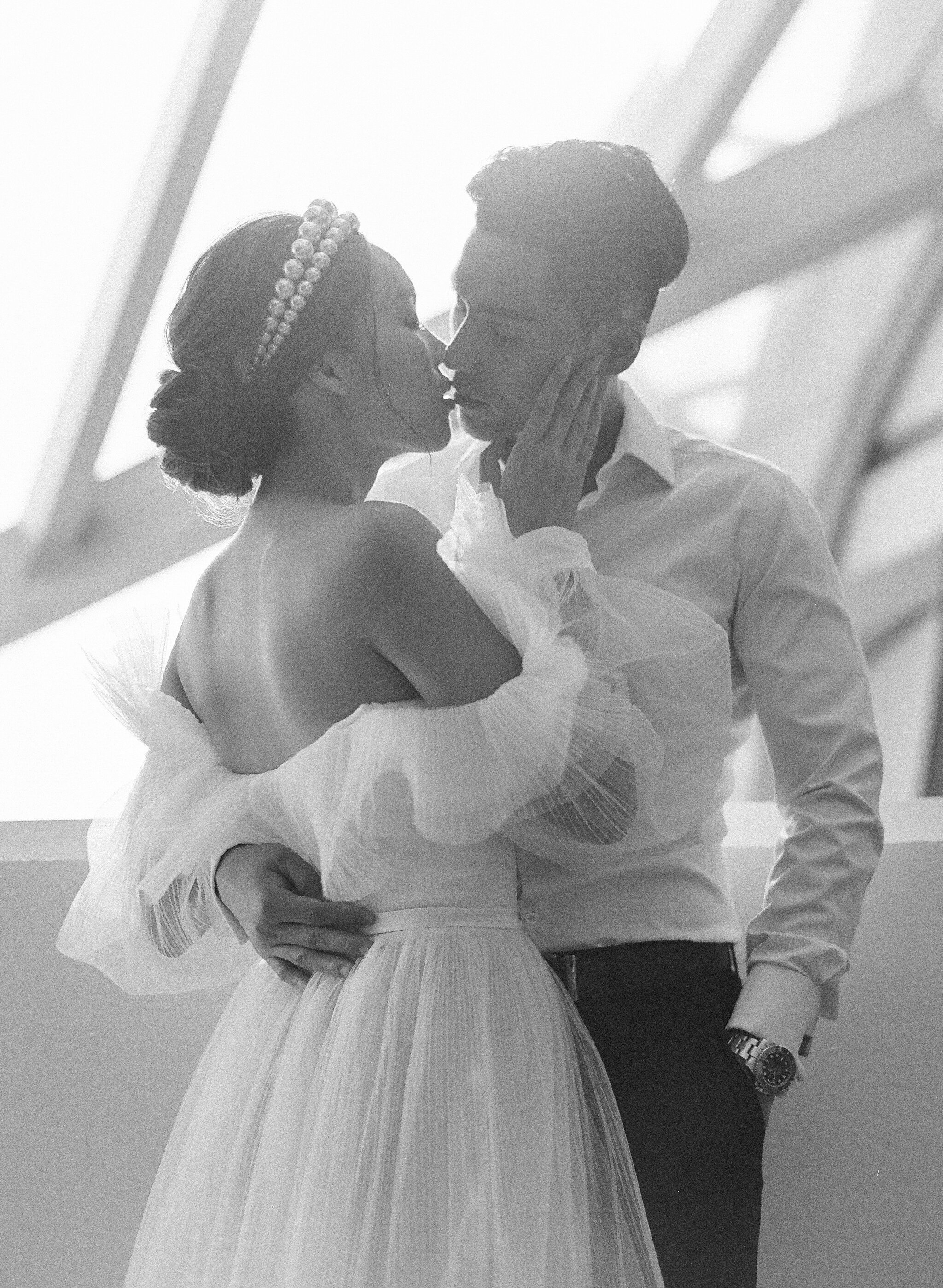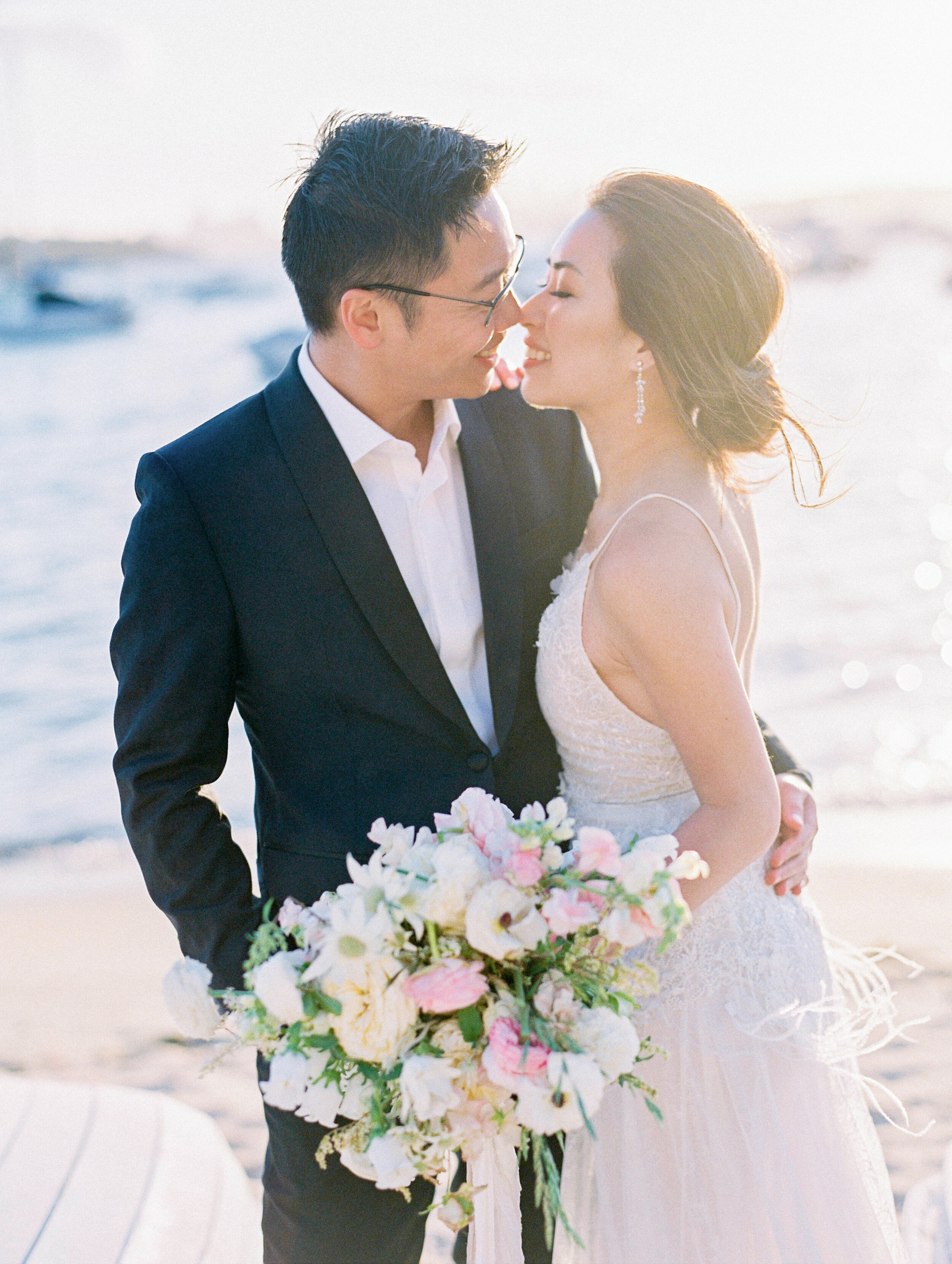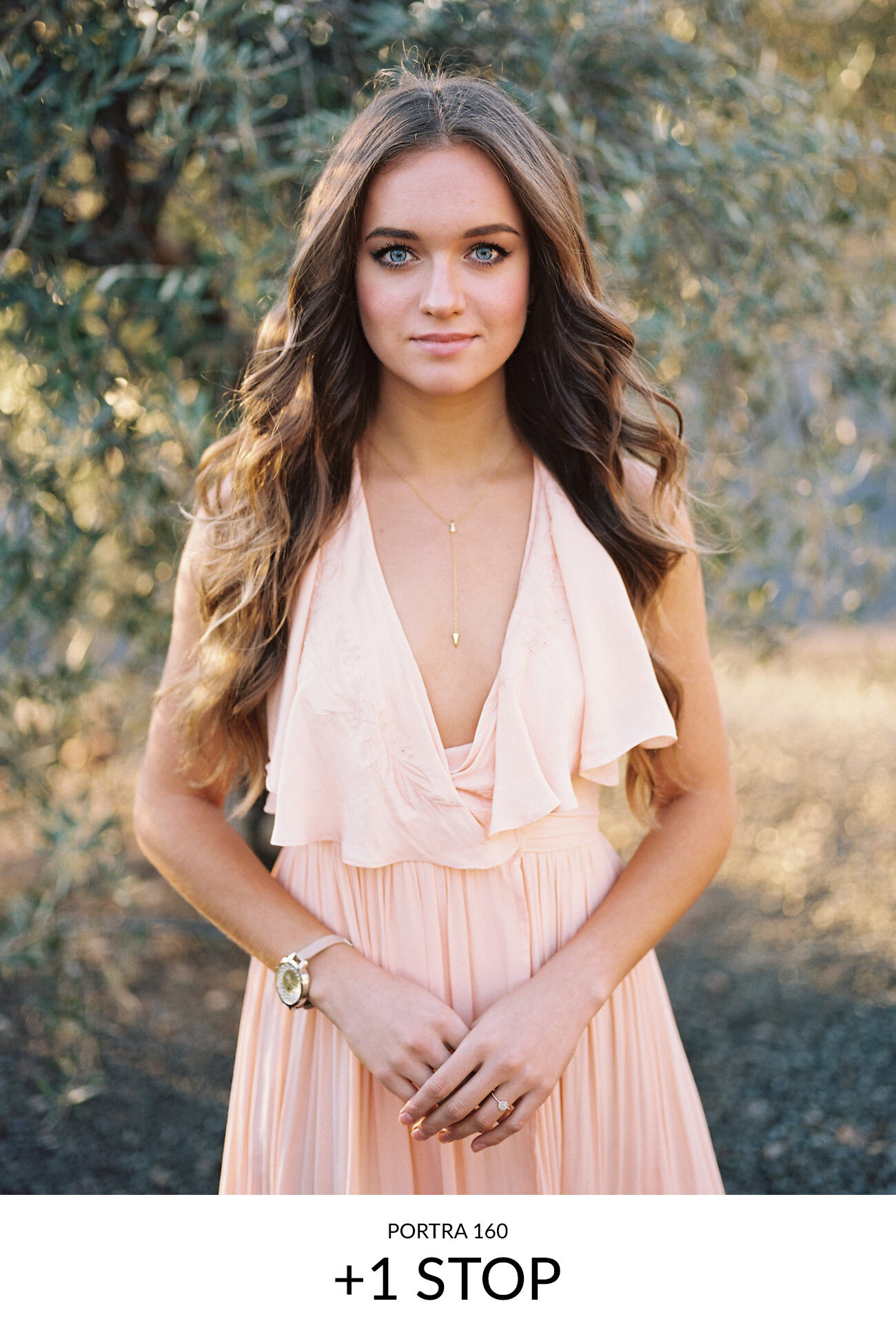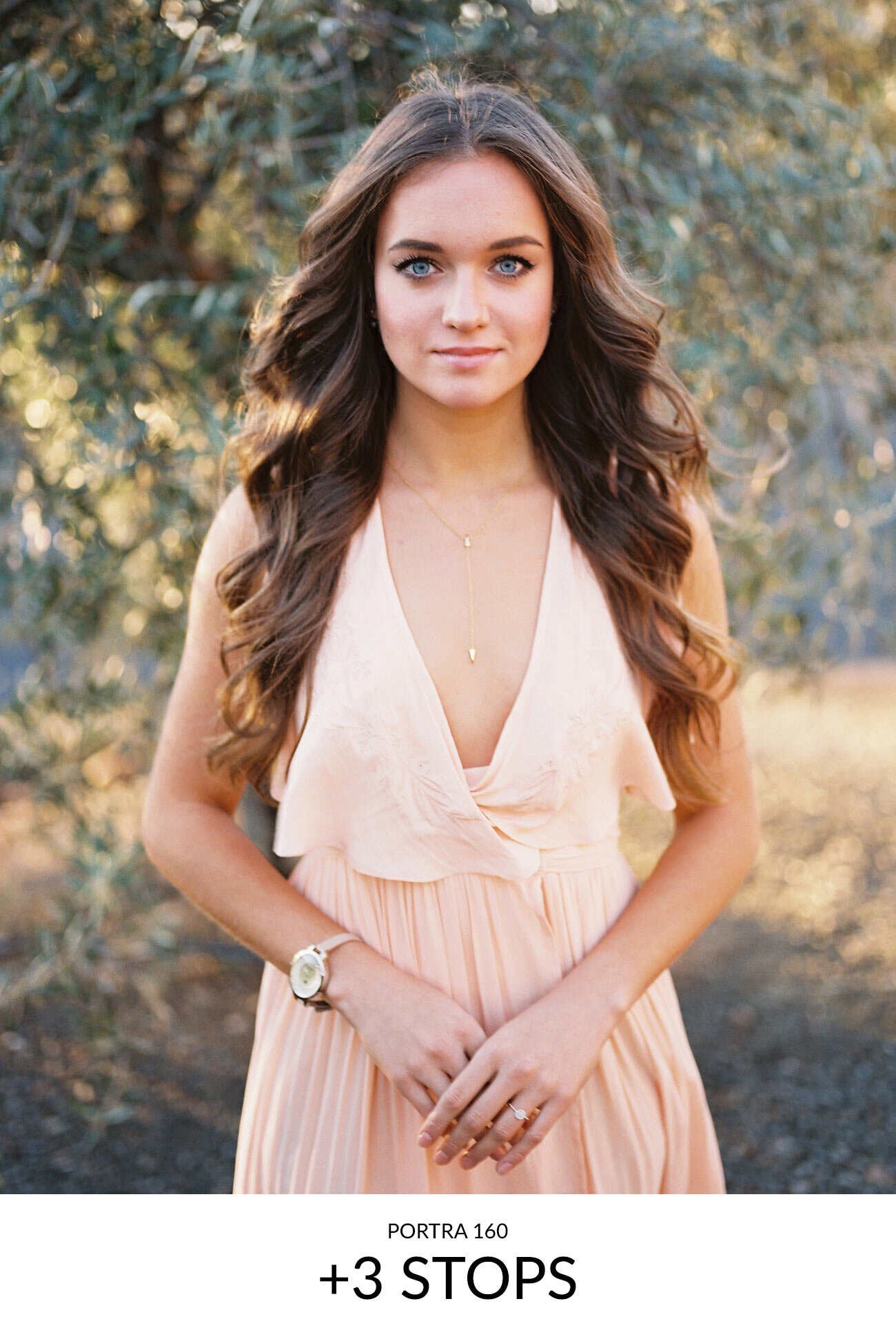Today’s another interesting test we’ve done for you. This time it’s the three main Mastin Portra presets: Mastin Portra 160, Mastin Portra 400 and, of course, Mastin Portra 800.
Spotlight: Alexis Ralston
Why did you start shooting film?
I was looking for a more artistic approach in the way I photographed my clients. Not to say I couldn't be or do that with digital but it forced me to slow down and really visualize what I was doing when a dollar sign was associated with the click of the shutter. I also wanted to be able to understand color better and with all that I read in countless articles online the best way to do that was to shoot the medium.
What should you consider and what should you pay attention to when you choose your film lab?
The most important thing about any film lab is communication. You will not just send in your film to any lab and they're just going to get it. Send them detailed notes, references, tell them what you like and what you don't about particular images or you can pick up the phone and have a conversation with them.
Understand it may take a few times for them to really get your preferences down. Do your research! Are you able to create a custom profile with the lab? Is that an additional fee if so? And finally, make sure you foster a relationship with your lab. It matters that you are not just a number but a valued customer.
Do you shoot 100% film or are you hybrid? Why?
I am hybrid! I would LOVE to be 100% film but honestly I still love the ability and satisfaction of seeing my images immediately with digital and I can't give that up completely quite yet.
I feel shooting hybrid is the best way for me to serve my clients at the moment, giving them the best of both worlds and serving my soul creatively and artistically.
What was the most confusing thing for you when starting to shoot film?
Metering. I read so many ways that you were "supposed" to be doing it. Bulb in, bulb out, 90 degrees, 45 degrees, in the shadows, under the chin, wherever it was darkest. It was a hot mess, my brain that is.
Finally, I figured it was just best for me to just try these methods out and see what gave me the results that fit my shooting style best. What made sense for me and worked best to achieve the results that I wanted with my lab ultimately is how it should be done, in my honest opinion.
What’s the most effective way to start getting the scans you like from your film lab?
For sure, communication. Over communicate even! Be as detailed as possible. Send reference images and be specific about what you like and what you don't like. Get on the phone and talk to someone about your scans and see if there is something that you could be doing to get to where you want to be or if its adjustments on their end they could be doing to get the results you want.
You won't know unless you ask so ask away!
Do you outsource your editing? Why?
I sure do! I outsource because I enjoy having a life, ha! Editing doesn't come easy to me so I prefer to get my scans the way I like them and leave the digital editing to the pros aka The Ginger Lab 😉
Editing can be time consuming as well so it's an easy decision and part of the process to let the Ginger Lab handle as part of my outsourcing workflow.
Did outsourcing your editing affect your financial profitability? In what way?
Initially when I was interested in seeing if outsourcing was something that was going to work for my business my profit was less, yes. But, as I felt that it was working and giving me the time that I needed and wanted to do other things, like shoot, I adjusted my pricing to account for the cost of outsourcing.
If it makes sense for you and gives you the time and ability to invest elsewhere in your business you can easily adjust your pricing to ensure your profit is where you need/want it to be.
What’s the most effective way to start getting the edits you like from your editing lab?
I would recommend the same for your editing lab as I would for getting the results you want from your film lab. Communication! For me, I have my film edited and marked for my editing lab to reference when editing my digital images. In the beginning when I was getting to know my editing lab, if anything was off I would communicate anything I would like changed for future orders and go from there.
As with film labs getting your preferences nailed down can take a few tries. For any orders that were all digital I would send along digital references so they would have a clear idea of the direction I was wanting to go with my edits.
Spotlight: Jenny Tong
Jenny’s been capturing stories on film since 2010 and started her career officially in 2014. Based in Hong Kong, she travels worldwide.
“I’ve been constantly inspired by how beautiful human relationship could be – which has been one of my strongest motives behind progress and continuing my photography journey. ”
Check out more of Jenny’s work here
Why did you start shooting film?
Film serves my aesthetic and gives me the look I simply love. Shooting film not only is an exciting process itself, but also opens up my imagination, improves my skills, and brings my creation to the next level which is so important for a professional photographer.
What was the most confusing thing for you when starting to shoot film?
I was already a film lover and shooter a few years before I became a photographer. Luckily that experience helped me a lot when I brought film into my career. But I did have a hard time shooting in complex lighting situations for example.
What’s the most effective way to start getting the scans you like from your film lab?
Talk to them. Talk to them. Talk to them.
And secondly, gathering some reference photos that can describe your preference the best. I also send ‘before and after’ photos to my lab so they can understand exactly what I like and dislike. That helps a lot too!
Do you shoot 100% film or are you hybrid? Why?
I used to shoot 100% film for quite a time but now I am a hybrid for better results. The clients trust me with the most important day of their life, as much I want to shoot film, the highest priority should always be the quality of photos I deliver and the moments to capture.
We all love the colours and textures of film, but meanwhile we have to admit that in some particular situations (e.g. low light) it doesn’t work as perfectly as in ideal settings. And we should never allow ourselves to miss any moment because of the equipment in our hands.
What should you consider and what should you pay attention to when you choose your film lab?
I have tried different film labs globally. I think the communication is what I value most because I need not only to choose a lab which does an amazing job but also one that is reliable and trustworthy.
Do you outsource your editing? Why?
Yes, I do! I tried out The Ginger Lab and instantly fell in love with them! They made things so easy and have saved me a lot of time!
Did outsourcing your editing affect your financial profitability? In what way?
With no doubt it led to some extra expenses but at the same time it saved a part of costs from purchasing & processing film.
What’s the most effective way to start getting the edits you like from your editing lab?
When you’re shooting an event, make sure you shoot some film in different settings as much as you can, so the lab can have examples as reference. The Ginger lab does a great job matching my digitals and film scans!
EXPOSURES
We took similar photographs with different exposures and scanned them with neutral settings.
LAB: Richard Photo Lab
COLOR / BRIGHTNESS / CONTRAST: neutral
SCANNER: Frontier
RATING FILMS: at box speeds
FUJI 400H:
PORTRA 400:
PORTRA 160:
PORTRA 800:
EKTAR 100:
Exposing Digital vs Film
FILM CAMERA: Contax 645
FILM STOCK: Fuji 400H rated @ 200ISO
DIGITAL CAMERA: Canon 5D Mark III
We’ve run a quick test to demonstrate how differently film and digital react to under- and overexposure.
DITIGAL EXPOSURES:
(click to enlarge)
FILM EXPOSURES:
(click to enlarge)
And to top it all off, here’s a whopping 4 stop overexposure on film:
Please share the post and let us know what you think in the comments below 🙌🏻
Engagement Session Guide
Have you noticed how there is a rush of engagement sessions right now?
This free guide by KT Merry should come in handy!
Check it out over here.
Frontier vs. Noritsu: Color
We asked Indie Film Lab to scan these frames
on both Frontier and Noritsu scanners with
neutral settings. Here's what we got.
LAB: Indie Film Lab
COLOR / BRIGHTNESS / CONTRAST: neutral
FILM STOCK: Fuji 400H rated at ISO200
10 Tips on Successfully Working From Home
When it comes to working from home, it’s not always easy. In fact, more often than not it’s quite challenging, especially during the pandemic.
How to maintain health, how to not lose your motivation, how to stay effective and sane during the lockdown etc. – DC wedding photographer Sarah Bradshaw answers all those questions for you on her blog.
Check’em out – 10 tips to successfully work from home.








